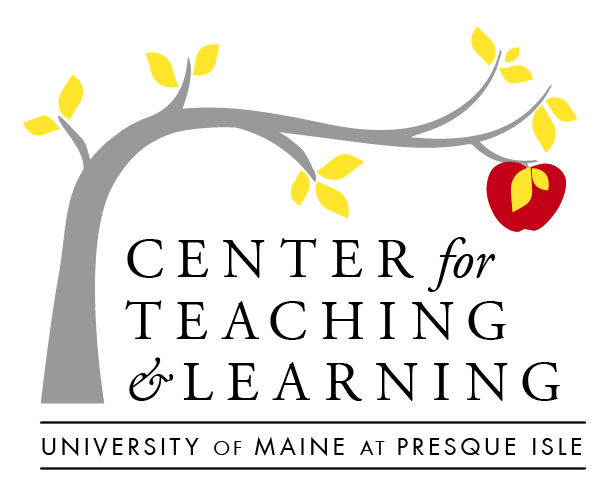Universal Design for Learning

Universal Design for Learning (or, UDL) is a philosophy about teaching and learning that prioritizes giving all students equal opportunity to learn. At its most basic level, employing UDL design would inform the decision to create learning experiences that are flexible, and aim to meet the needs of diverse learners. Designing with flexibility can (and does) include creating a variety of ways in which you present content, students interact with learning activities and ways that students can demonstrate mastery of concepts and outcomes.
UDL, at its core, shouldn’t specifically target students with learning, physical and/or cognitive issues– though it can be especially helpful for these learners (including those who have not been formally diagnosed) and English-language/English-second/other-language learners. The beauty and focus of UDL-informed design is that it benefits all learners.
The basic principles of UDL
Providing learning flexibility, under UDL principles, includes considering:
- Representation or, presenting information in a variety of ways, including visual, video, auditory, hands-on (experiential), collaborative, etc.
- Action & Expression or, what are different ways that students can access your learning activities/materials (example: providing a video with a text-based transcript)–and how can you provide opportunities to express what they know in different ways?
- Engagement or, how can you create activities to motivate students to engage with each other and make relevant connections between their experiences and content (example: providing a variety of ‘entrance ticket’ activities for students to think about what they know coming into a topic).
The connection between differentiation & retention
In higher education, each and every one of us is a potential ‘retention agent’, in that the quality of our instruction and connection with students can impact the student’s UMPI experience and the decision to continue or not. Dosch and Zidon’s (2014) The Course Fits Us not only looks at the effect of differentiation on persistence and retention but also lays out actionable steps to effectively differentiate instruction for adult learners.
Where to start?
Thinking about adding the additional layer of differentiation to the (daunting) task to course design can seem overwhelming–but it doesn’t have to be! There are a wealth of resources to help you–from the UDL pages on our Accessibility 101 page to your fellow faculty groups (who have a wealth of information and activity ideas) to your ID resources through CTL. You also don’t have to feel the need to re-invent the wheel! There are so many great resources online, including the comprehensive UDL training from CTL, the IRIS Center, and our LMS’s Accessibility lab (which includes simulations), below:
national support
Visit the CAST center for equity-centered professional development
Higher Ed-focus support
UDL on campus offers news, support, and resources specifically for higher education.
UMS Policy on Accessibility
Review the UMS ITC policy.
Get certified
Earn a certificate in UDL from UMS Academy!
